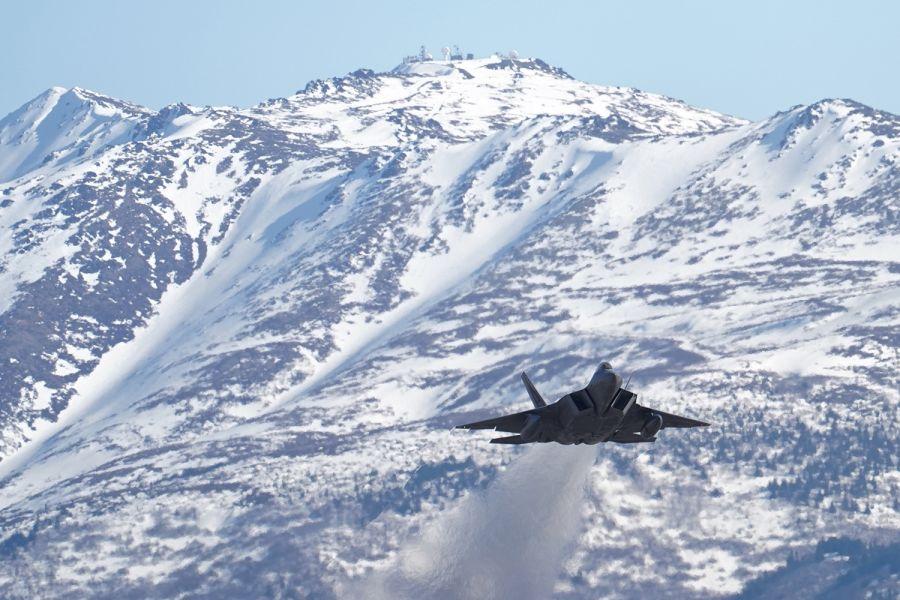Canada’s Royal Air Force has deployed multiple aircraft to search for debris from an object that was shot down over the Yukon Territory on Feb. 11, Canadian Defense Minister Anita Anand has said.
A CC-130H Hercules, two CC-138 Twin Otters, a CH-148 Cyclone, and a CH-149 Cormorant aircraft were deployed by the Royal Canadian Air Force to help recover the debris, Anand said on Twitter on Monday.





